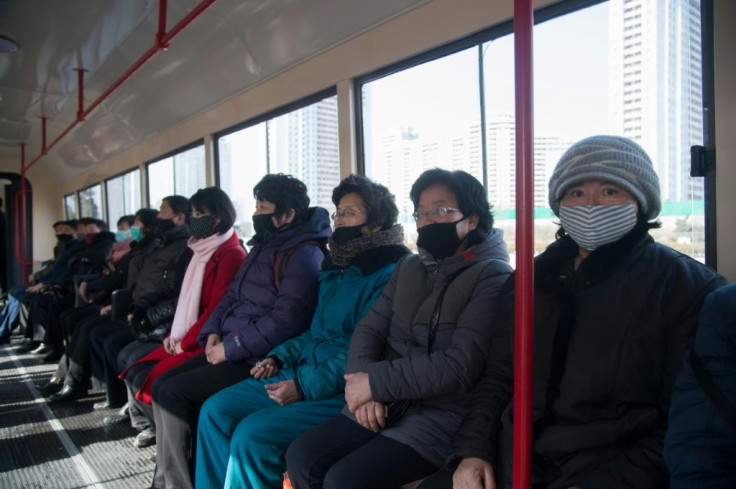Coronavirus Second Coming: Japan, South Korea Worry The Curve May Not Stay Flat

South Korea, the one country singled out for having a degree of success against the coronavirus, and Japan, which has sacrificed the long-awaited 2020 Olympic Games, may still have to do more to contain the pandemic.
The observed trajectory of the coronavirus in South Korea began to rise in late February, it peaked in early March and has dwindled to an average of about 100 new cases each day since March 12, according to Worldometers, a Chinese-based keeper of various statistics.
Japan appears to be in the middle of a peak with 515 new cases reported on April 5, the largest one-day count. The total case count in Japan is now at 3,654 with 85 deaths.
Both countries have had at least one unusual event that affected the tally keepers. The cruise ship Diamond Princess was docked in Yokohama in Japan. Its 712 cases and 12 deaths are counted separately from Japan but there probably were some infected people that ended up on the mainland infecting others.
South Korea’s statistics were surely skewed when a “superspreader,” an infected person who spreads the contagion to many people, shared the coronavirus with worshippers at a church service. More than 6,000 people linked to the superspreader were infected.
According to an NBC News report, South Korea is a semblance of what “normal’ may look like post-COVID-19. Restaurants and streets are busier, but facemasks are still worn by many people. The country, knowingly or not, chose a path of early testing and digital tracing that seemed to hold the daily case count down. The term “flattening the curve” has become a chic saying for those discussing COVID-19 statistics.
The concern in South Korea now is that mini-clusters of the disease are being reported. One hospital in Daegu, the South Korean epicenter of the original outbreak, experienced a cluster infection, with at least 62 cases. Another mini-cluster was in Mannim Central Church in southwestern Seoul, raising its total of confirmed cases to 33.
Both South Korea and Japan are facing an influx of visitors from Europe and the U.S. Japan has now banned entry to people from 73 countries to stem the importation of infectees from abroad that could add to Japan’s ongoing peak in cases
For South Korea, the current attitude is to stay alert and not let down the guard as to preventive practices like social distancing and diligent hand washing,
Dr. Ki Moran, a professor at the National Cancer Center's Graduate School of Cancer Science and Policy, said, "A wave occurs when you see an increase followed by a decrease in the number of cases, not just once, but the pattern should repeat itself again, which in this case it has," Ki said. "Right now, our greatest jeopardy is becoming complacent." Those who spend time talking about flattening the curve are reminded that with COVID-19, the curve may not stay flat.
© Copyright IBTimes 2024. All rights reserved.





















